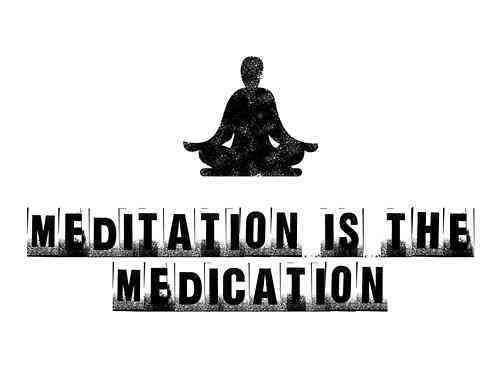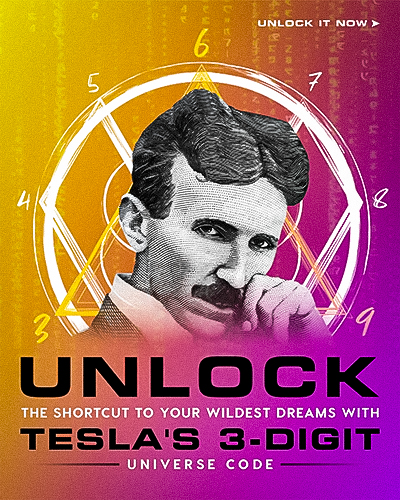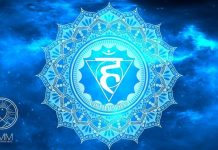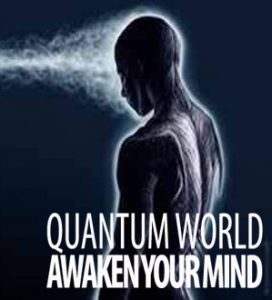
Fractal Enlightenment| There’s a myriad of methods for meditation. Some are easy and some are difficult. All require daily practice to perfect. Here are five of the most popular methods of meditation and what they each bring to the Meditation Table. Here’s why You Should Mix them for Maximum Mindfulness.
Mindfulness, or Spiritual Method:
A most popular method comes from Buddhist meditation practice of Vipassana. It’s all about practicing detachment from each thought and being centered in the “here and now.” It focuses on situational awareness and “in the moment” presence. There is also a focus on communion with the cosmos, which can translate to prayer, but not necessarily. The best way to commune with the universe is to ask questions as opposed to seeking answers. In the mindfulness method, answers are mere side-effects of good questioning.
How to: One can practice mindfulness in any position, even lying down. The key is presence with the present moment, and clear and concise communion with the cosmos.
Zen or Zazen Method:
Also from the Buddhist tradition, this method is all about simply sitting. It is often done for long periods of time. Its focus is mostly on posture and spine alignment with minimal focus on breathing techniques. It is the most monastic of all the methods and is therefore difficult to make progress in. Most monks practice this method while concentrating on a Zen koan or spiritual parable.

How to: The most effective positioning of the body for the practice of Zazen is the stable, symmetrical position of the seated Buddha. Keeping the back straight and centered, pretend a silver thread is pulled taut through your spine and up through your head, connecting to the ceiling.
Kundalini or Transcendental Method:
This method comes from the Vedanta Hinduism tradition and ties into different forms of Yoga practices. It focuses more on breathing patterns than the previous methods, using the power of breathing to launch one into a higher sense of self, or even a transformation of self. The electromagnetic field created by the human body is akin to the electromagnetic field created by the Earth. Transcendental method is all about tapping into the stream of energy naturally created by the relationship between the human body’s energy chakras with the environment’s energy vortexes. The main focus of this method is to ride this rising stream into infinity, to learn what needs to be learned, and then to return to the finite realms with new-knowledge in tow.
How to: Breathing is primary. Positioning is secondary. Relax your body, take three deep breaths; then proceed to take deep breaths and hold them for at least ten seconds each. This allows for the oxygen to cleanse the chakras and then release toxins through exhalation, while increasing kundalini energy.
Qigong Method or Movement Method:
This method comes from the Taoist tradition. It is all about hyper-focus on breathing techniques and/or bodily movements to cultivate and maintain life energy. This is the most philosophical of the methods, deriving most of its techniques from martial arts and meditative healing methods. It focuses on moving Qi (life force) through the body through focused breathing, mental techniques, and precise movements. This method is all about the balance and equilibrium of both inner and outer forces.
How to: No matter what Qi exercise you’re doing, imagine the Qi moving through your body as you breathe in an out. As you inhale through your nose, imagine the Qi moving through your body and down to your Lower Dantian, or naval area. As you exhale through your mouth imagine the Qi moving through the rest of your body. Repeat.
Drumming and/or Om Method:
This may be the oldest form of meditation known to humanity. The drumming method is typically used by native and aboriginal cultures, and is generally shamanic in nature. The Om method is traditionally from Vedanta Hinduism, though the sound itself is fairly universal to mankind. These methods focus on breathing and heart rhythm in accordance with, or even dissonance with, the sound and feel of the percussion or mantra.
The heart beat itself is a drum. Breathing is a drum beat that we can control. These two methods are all about transformation through vibration and the awareness of cosmic frequencies. Shamans often use drum meditation to cross physical, mental, and spiritual thresholds. It’s a bridge that carries them to a higher sense of self in accordance with the greater cosmos.
How to: Create a sacred place. Clear your mind. Breathe with intent. If you’re the drummer, infuse your intention into the drum before drumming. Begin playing or listening to the drum. Give yourself a few minutes to fall into rhythm with the beat. Fade your drumming into silence, feeling your body’s response to the beat, then return to the drum. Repeat with clear intent.
There you have it: a minor helping of meditative methods. Each have specific techniques, but they all overlap in various ways. One of the keys to becoming a meditative master is to use all the methods to your advantage, while also allowing for personal creativity by giving your meditation a signature as unique as your own fingerprint.
Remember: the heartbeat that sustains your life is acting on the same frequency that sustains the universe. The heart with which you feel God is the same heart with which God feels you. May the Om be with you.












